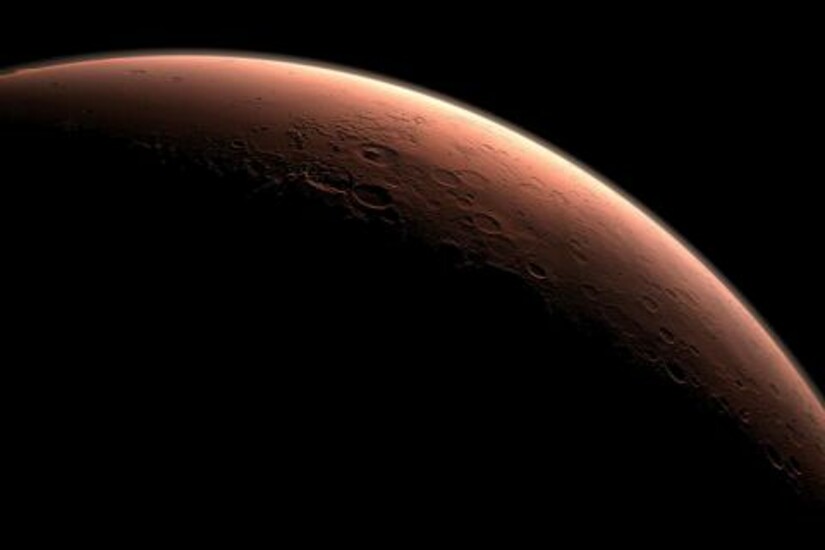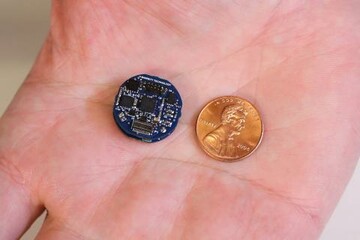Mission to Mars - Barrett Technology Taps Draper for MEMs Expertise in Space
CAMBRIDGE and NEWTON, MA — A robot equipped for the rocky terrain of Mars isn’t your average robot. It needs space-hardened electronics, the kind that can withstand the harsh conditions of rocketing into space, surviving the radiation-filled expanse from Earth to Mars, colliding with the Martian surface and then operating continuously for months and years to explore the red planet. Such a robotic system needs to be rugged, lightweight and miniaturized in ways that go beyond the capabilities of the best Earth-bound systems.
Now, a motor controller for robotics developed by Barrett Technology and selected by NASA’s Jet Propulsion Laboratory for evaluation could be on its way to Mars—once it undergoes space-hardening and mission simulation tests at Draper. The timing couldn’t be better. Barrett recently was selected for Phase II under NASA’s Small Business Innovation Research program, to begin space-hardening the company’s controller and simulate the harsh environment of space flight and a mission to Mars.
Space-hardening power electronics and especially the dynamic power electronics that drive motors can be a challenge because they are the most vulnerable piece of electronics in any robotic system. Simulated space travel can expose a system to factors such as thermal cycling, thermal shock, vibration, mechanical shock, humidity tests and linear acceleration.
Inside Barrett’s robotic systems is a power-electronics module called the Puck®, which in its latest version, P3™, is the size and weight of a penny, and nearly one-tenth the size of the smallest brushless-DC servomotor controller available. By the time NASA selected P3 for evaluation, Barrett’s robotic systems technology was in operation in 18 countries across six continents, and recently became an FDA-registered, class-II medical device.
At Draper, P3 will be subjected to radiation, including gamma/x-rays for general circuit degradation and high-speed particles, like energized protons, for latch-up single-event failures in key components such as the power MOSFETs. P3 also will be put to the test under severe extremes of temperature and vibration and under vacuum and partial vacuum. The results will help optimize the design.
Barrett turned to Draper because of Draper’s experience with space systems dating from the first Apollo moon landing to more recent missions, including the Space Shuttle, the International Space Station and Orbital ATK’s Cygnus spacecraft.
Other recent examples of Draper’s space expertise that could be applied to the Mars mission include the development of the Inertial Stellar Compass, which is the world’s first complete spacecraft attitude determination system to use a microelectromechanical system (MEMS) gyro, and Draper’s expertise in the areas of mission design and micropackaging for development of a chip-sized spacecraft, called ChipSats.
Draper facilities in Cambridge include a microfabrication center, microelectromechanical systems (MEMS) facility, polymer fabrication, precision machine shop and a Center for Additive Manufacturing. At the company’s Environmental Test Facility, also in Cambridge, Draper conducts evaluations under conditions of variable temperature, humidity, pressure, shock/vibration, and thermal cycling, as well as altitude simulation, magnetic testing, motion simulation and electromagnetic interference/compatibility testing.
About Barrett
Barrett is a leader in high-performance robotic arms and hands, such as its WAM® arm and BarrettHand™, for emerging applications requiring superior versatility. Barrett has pioneered advanced motor controls, for example its Puck®, to enable the best force-controlled performance available. When combined with its gear-free™ transmissions these systems are in a league of their own. Barrett’s latest robot, named BURT™, is an FDA-Registered Class-II medical device that immerses the user in a rich haptic field – a zero-gravity experience that enables unencumbered reaching in all directions. A research edition of BURT is available for researchers in advanced robotics who need a haptic-development platform that enables large motions. Barrett Technology is based in Newton, MA.
Released March 21, 2017




